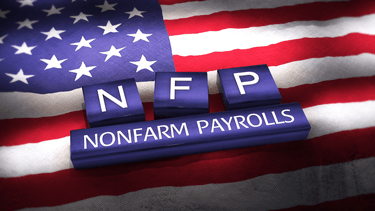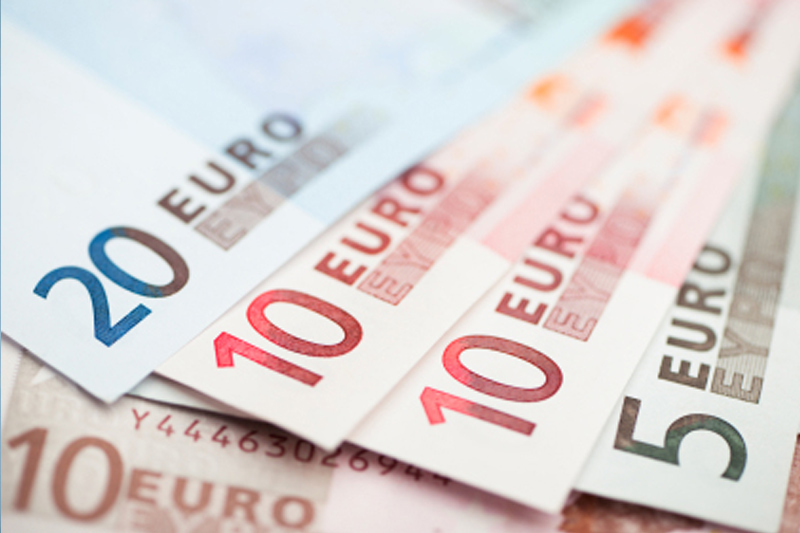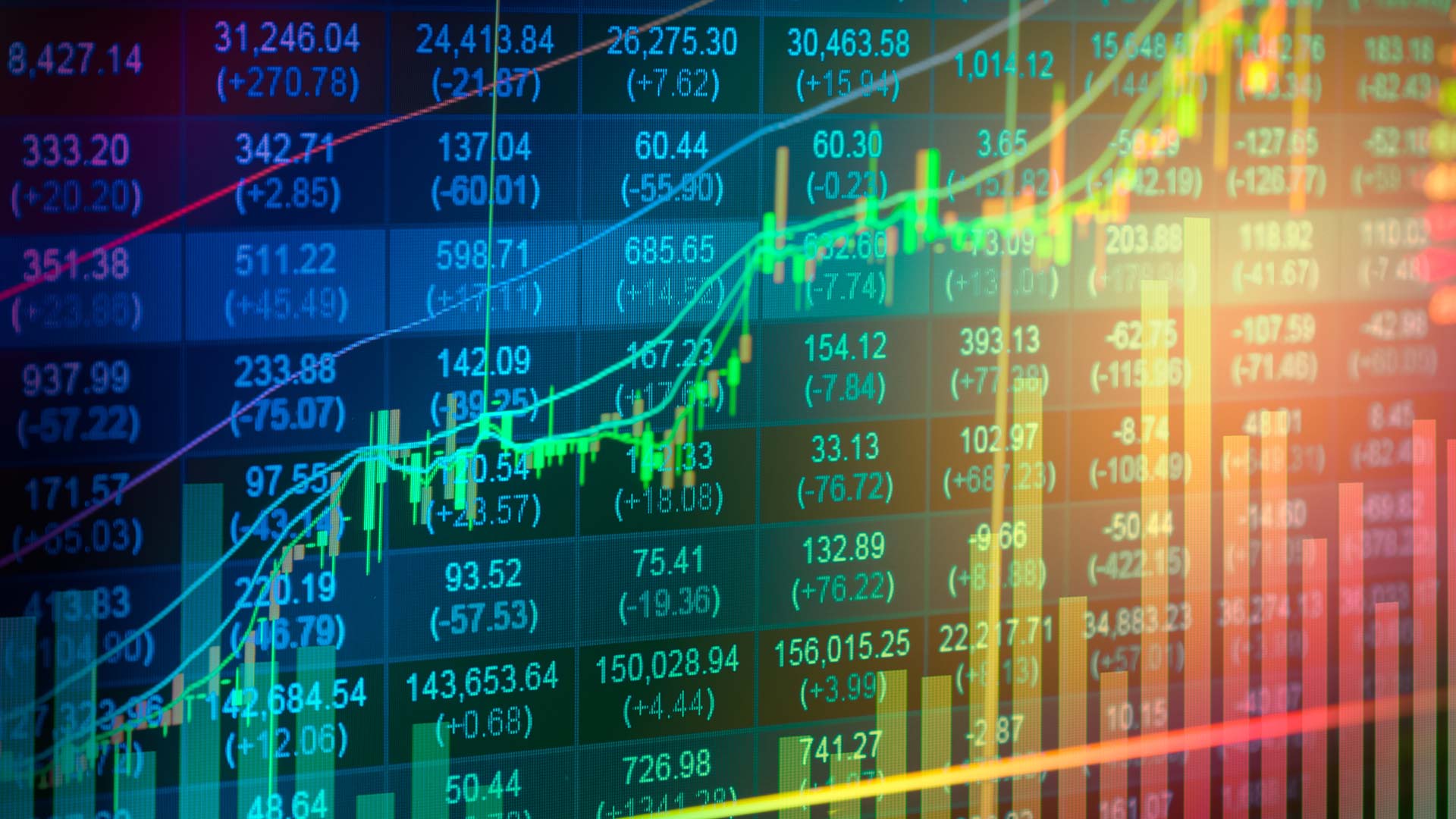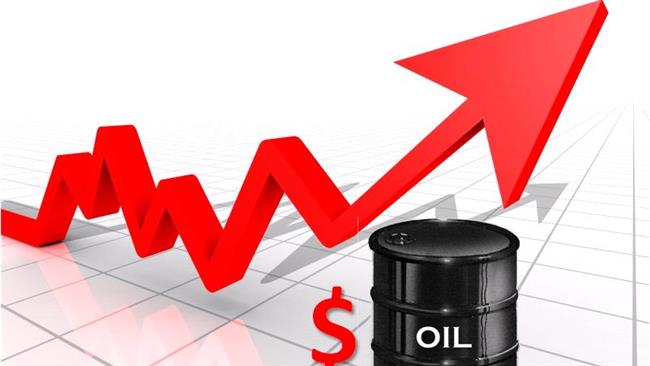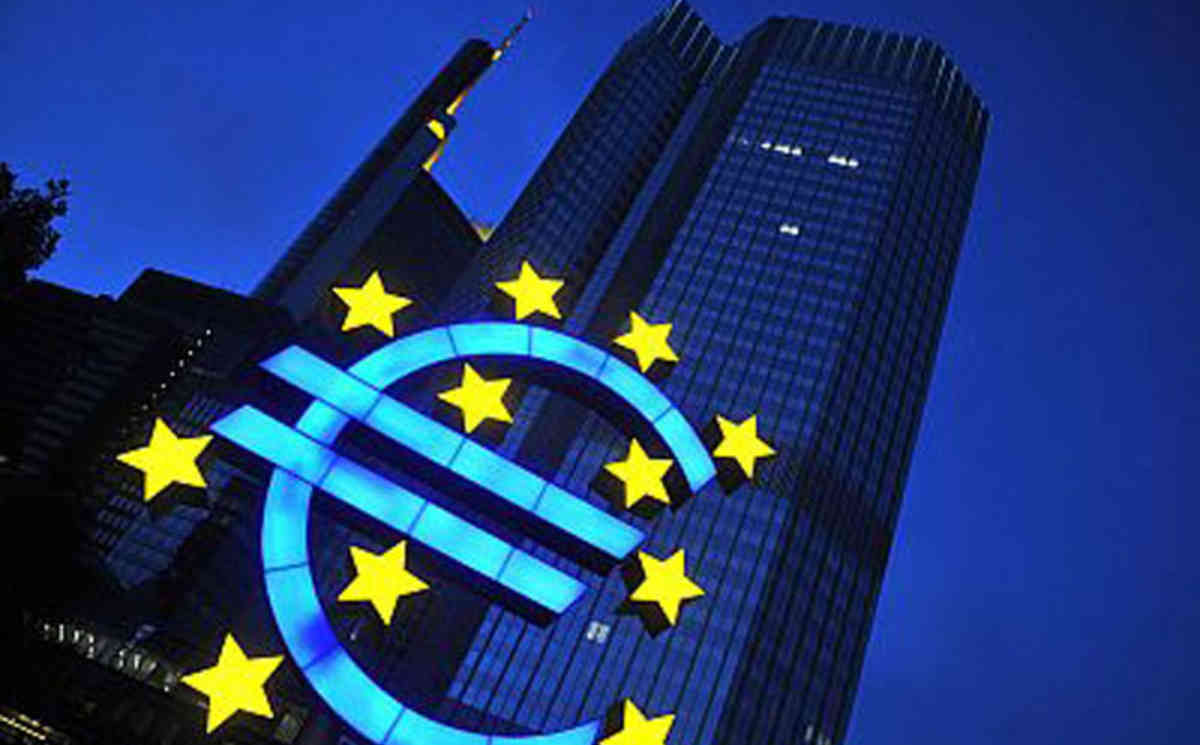Trumpolitics, Central Banks and Nonfarm Payrolls
Markets dissected President Trump’s remarks on actions against China on Friday. A key takeaway from those remarks was that the US President did not mention the Phase One trade deal between the US and China and instead focused on China’s handling of coronavirus, the World Health Organisation (WHO) and Hong Kong controversial security law:
Coronavirus pandemic:
“The world is now suffering as a result of the malfeasance of the Chinese government. China’s cover-up of the Wuhan virus allowed the disease to spread all over the world, instigating a global pandemic that has cost more than 100,000 American lives and over a million lives worldwide.”
WHO:
“Because they have failed to make the requested and greatly needed reforms, we will be today terminating our relationship with the World Health Organization and redirecting those funds to other worldwide and deserving, urgent, global public health needs.”
Autonomous Hong Kong:
“China’s latest incursion, along with other recent developments that degraded the territory’s freedoms, makes clear that Hong Kong is no longer sufficiently autonomous to warrant the special treatment that we have afforded the territory since the handover. China has replaced its promised formula of “one country, two systems” with “one country, one system.” Therefore, I am directing my administration to begin the process of eliminating policy exemptions that give Hong Kong different and special treatment.”
G7 Meeting:
President Trump postponed the G7 meeting until September which is yet to be confirmed. However, the US President proposed to add Australia, Russia, South Korea and India to the list of nations. By excluding China, the US is sending a clear message that the summit will be about China.
Despite the soaring tensions between the US and China, investors are finding momentary relief on the narrative that the war of words between the two powerful countries has not yet reached a point where the US President is imposing any sanctions on China that could compromise the trade deal. China is at the forefront of President Trump’s election campaign. Given the pandemic-induced economy, President Trump’s is relying on his tough stance on China.
Forex
Aside from geopolitical headlines, the immediate attention will be on central banks at the beginning of the week:
Central Banks
- Reserve Bank of Australia (RBA)
Australia seems to have gone through the worst of the pandemic and the lockdown measures are slowly easing across the country. While the national health outcomes were better than feared, the reopening of the economy is also happening faster than initially anticipated. The coordinated monetary and fiscal measures have helped the RBA and the government to provide assistance to households and businesses. The Bank taped into quantitative easing (QE) mid-March for the first time in history and purchased a total of $50 billion of Australian Government Securities (AGS) and semi-government securities (semis).
Given that the measures put in place are working as broadly as expected, the RBA has even started to scale back daily market open operations. Unlike some major central banks, the RBA has also ruled out negative interest rates. Based on the current developments and the prospects of a quicker recovery, the RBA is widely expected to remain on hold on Tuesday and to maintain a less-dovish tone compared to its peers recently.
The recent Governor Philip Lowe’s speech before the Senate Select Committee was also broadly positive about the economy and its recovery. The Aussie dollar may have some room for some upside momentum if the Bank maintained its optimistic tone. However, the rally in the local currency seen recently may lose steam as China risks loom. Other notable events to watch are the GDP numbers and Retail Sales figures on Wednesday and Thursday respectively.
- European Central Bank (ECB)
The downside risks for the Eurozone have eased which has helped the Euro to advance against the US dollar recently. Interest rates are not expected to shift, but attention will be on the central bank’s decision to expand the QE program. Following recent comments from policymakers, market participants are widely expecting more easing next Thursday with an expansion of the Pandemic Emergency Purchase Programme (PEPP) by EUR500 bn. The impact on the shared currency would likely depend on the extent the ECB will go to support the eurozone economy.
- Bank of Canada (BoC)
Similarly, the BoC is not expected to alter interest rates or expand bond-buying purchases. The new Governor Tiff Macklem will succeed Stephen S. Poloz, who is leaving the BoC on 2 June 2020. The immediate attention will, therefore, be on Mr Macklem’s views on policies.
US Dollar
The US dollar has lost ground against most of its counterparts last week dragged by geopolitical tensions, and dismal economic data. The reopening of states is being marred by curfews imposed by nearly 40 cities in the US as protests spread nationwide following the death of Mr George Floyd. The US dollar index which tracks the performance of a basket of currencies against the greenback is back to levels seen mid- March.
Nonfarm payrolls will stand out from the series of economic reports scheduled to be released this week. The job numbers are expected to be less drastic than the 20.5m loss in April. In May, the total number of jobs lost is estimated to be lower around 10m – which still remains a staggering number. The greenback is mostly driven by geopolitical headlines, but a significant deviation from the forecasts could further weigh on the US dollar.
Oil Market
The oil market recovered a semblance of normality during the month of May. Ahead of the OPEC+ June meeting scheduled to take place in two weeks, traders will likely be taking clues on the production cuts levels and the reopening of economies to gauge demand. Once again, the immediate attention will be on Russia’s willingness to extend the production cut. After the increase in US oil inventories reported by API and EIA last week, traders will likely continue to monitor weekly oil updates.
Stock Market
The reopening plans and massive coordinated monetary and fiscal stimulus plans have fueled the rally in the stock market. Investors are navigating in an environment of caution as the combination of the two main themes – Reopening plans and the rising geopolitical tensions have tamed the pace of the rally. The perpetual support from the Fed continues to provide comfort for equity investors.
On the geopolitical front, investors may push stock higher by drawing on the conclusion that the US President did not hit China as hard as expected on Friday.
Key Market Events for the week
|
Monday
|
|
AiG Performance of Mfg Index, Commonwealth Bank Manufacturing PMI and TD Securities Inflation (Australia)
|
|
Caixin Manufacturing PMI (China)
|
|
Markit Manufacturing PMI (Germany)
|
|
Markit Manufacturing PMI (UK)
|
|
Markit Manufacturing PMI (Canada)
|
|
Markit & ISM Manufacturing PMI, ISM Manufacturing Employment Index, ISM Manufacturing Prices Paid and New Orders Index (US)
|
|
Tuesday
|
|
Building Permits (New Zealand)
|
|
HIA New Home Sales, RBA Interest Rate Decision and Rate Statement (Australia)
|
|
Real Retail Sales (Switzerland)
|
|
GDT Price Index (New Zealand)
|
|
Wednesday
|
|
AiG Performance of Construction Index, GDP, and Building Permits (Australia)
|
|
Caixin Services PMI (China)
|
|
Gross Domestic Product (Switzerland)
|
|
Unemployment Rate & Change and Markit PMI Composite (Germany)
|
|
Markit Services PMI (UK)
|
|
Unemployment Rate (Eurozone)
|
|
ADP Employment Change, Markit PMI Services & Composite, ISM Non-Manufacturing New Orders Index, PMI, Employment Index, and Prices Paid, Factory Orders EIA Crude oil Stocks Change (US)
|
|
BoC Rate Statement & Interest Rate Decision (Canada)
|
|
Thursday
|
|
Imports, Exports, Trade Balance, and Retail Sales (Australia)
|
|
Consumer Prices Index (Switzerland)
|
|
Retail Sales, ECB Interest & Deposit Rate Decision and (Eurozone)
|
|
Trade Balance, Nonfarm Productivity, Jobless Claims, and Unit Labor Costs (US)
|
|
Friday
|
|
Gfk Consumer Confidence (UK)
|
|
Overall Household Spending and Leading Economic Index (Japan)
|
|
Factory Orders (Germany)
|
|
Nonfarm Payrolls, Average Hourly Earnings, Labour Force Participation Rate, and Underemployment and Unemployment Rate (US)
|
|
Unemployment Rate, Participation Rate, Average Hourly Wages, Net Change in Employment, Ivey Purchasing Managers Index (Canada)
|
View upcoming dividend adjustments for open Index CFD positions.
|
Upcoming Webinars
Lunch Time Session: Live Market Update Tuesday 02 June, 12:30 PM – 1:15 PM AEST | Register now
Inner Circle: ‘Interviews with Successful Traders’ series – Elay Ghaly Wednesday 03 June, 7:30 PM – 8:30 PM AEST | Register now
|

